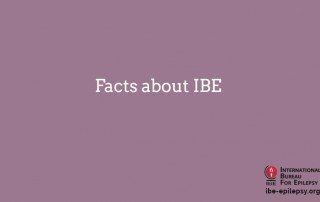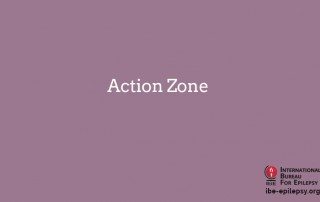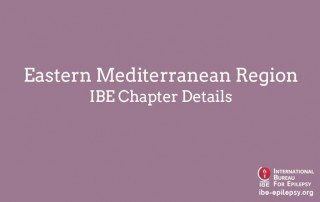WHO and international epilepsy organisations expose unacceptable state of epilepsy care across Europe New report provides recommendations to improve the quality of care and understanding of epilepsy, and reduce stigmatisation to help bring epilepsy out of the shadows [8.00am CET, 26 August, Porto, Portugal] The World Health Organization (WHO) and the two international epilepsy organisations, the International Bureau for Epilepsy (IBE) and the International League Against Epilepsy (ILAE), have today announced the publication of a report into epilepsy in Europe, which concludes that many aspects of epilepsy care are seriously under-resourced. The Fostering epilepsy care in Europe report has been developed as part of the IBE/ILAE/WHO Global Campaign Against Epilepsy (GCAE). The report addresses the current challenges faced in epilepsy care and offers recommendations to tackle them, as well as providing a panoramic view of the present epilepsy situation across the continent. Epilepsy is a highly treatable condition but the existing gaps in epilepsy care and the level of stigmatisation faced by people with epilepsy are simply unacceptable, said Hanneke M. de Boer, Co-ordinator of the Global Campaign Against Epilepsy from the SEIN Epilepsy Institute in the Netherlands. By joining forces to spearhead the GCAE, and by producing and launching this [...]



